The 43rd session of the UNESCO World Heritage Committee was held in Baku, Azerbaijan from June 30 to July 10. During the session, 36 out of 42 proposals for inscription on the World Heritage List will be considered, including 6 natural heritage sites, 28 cultural heritage sites and 2 mixed heritage sites (natural and cultural). UNESCO has just recognized 4 more natural heritages, 2 cultural heritages and 2 mixed heritages.
Migratory bird sanctuary, China
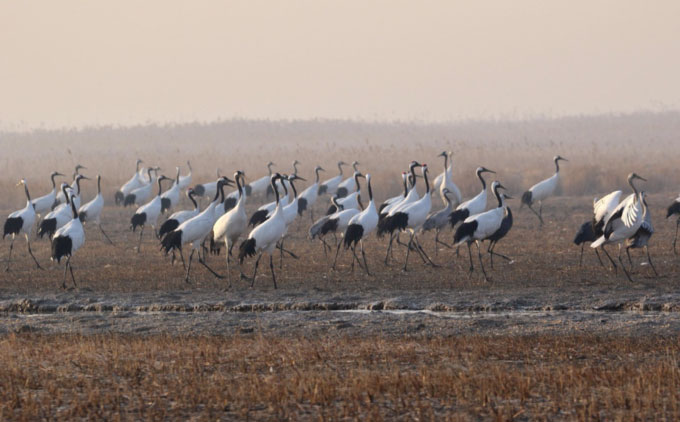
The tidal marsh area on the coast of the Yellow Sea and Bohai Bay is the habitat of many species of fish and crustaceans. This is also the gathering point of migratory birds on the East Asia – Australia flyway. Large flocks of birds, including critically endangered species, come to the coast to rest, molt, winter and nest.
Hyrcanian Forest, Iran
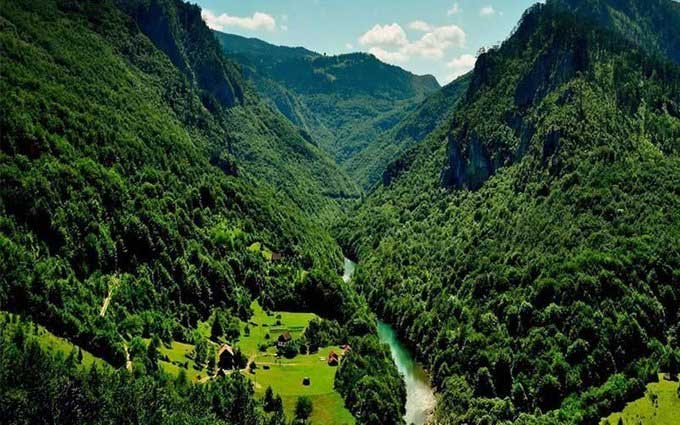
The Hyrcanian Forest is a broad-leaved forest that stretches for 850 km along the southern shore of the Caspian Sea. About 25 to 50 million years ago, forests covered most of the temperate regions of the northern hemisphere. After shrinking during the Quaternary Ice Age, the forest expanded again as the climate became more temperate.
Today, the Hyrcanian is a habitat for 180 species of birds, 58 species of mammals, including the Persian leopard, and rare plants. Photo: Tehran Times.
Southern Lands and Seas, France

The land and sea of southern France, including the archipelagos of Crozet, Kerguelen, Saint-Paul, Amsterdam and 60 islands in Antarctica, is one of four new natural heritage sites recognized by UNESCO at a meeting on July 5. . With an area of more than 67 million hectares, this area is home to the largest concentration of birds and mammals, especially the world’s largest number of emperor penguins and yellow-nosed albatrosses. Photo: Picdeer.
Vatnajökull National Park, Iceland
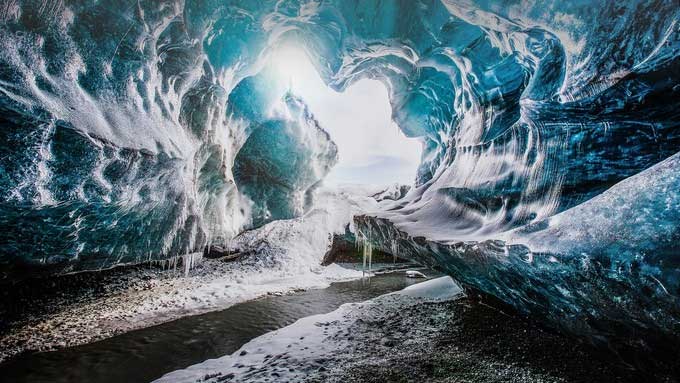
This national park is up to 1.4 hectares wide – accounting for 14% of Iceland’s territory. It has up to 10 volcanoes and 8 glaciers, possessing the largest ice cap Vatnajökull and Iceland’s highest peak Hvannadalshnjúkur (2,109 m). In addition, this area also possesses many attractive natural landscapes such as Askjia Caldera crater lake, Herðubreið oasis, Dettifoss waterfall, Ásbyrgi ice canyon. Photo: Spotlight.
Paraty and Ilha Grande, Brazil
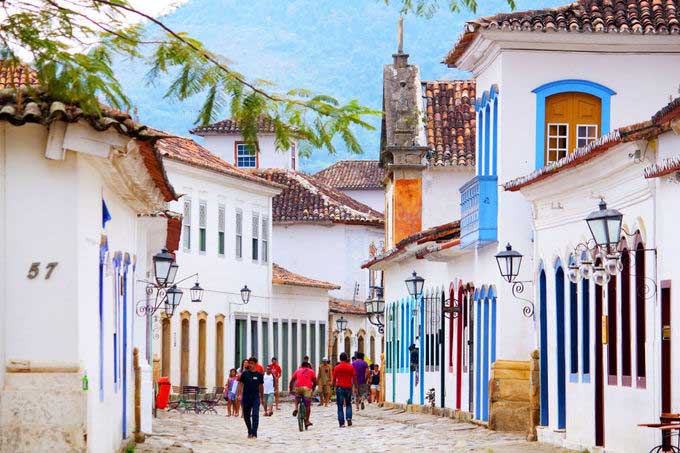
Paraty and Ilha Grande have just become a new UNESCO mixed heritage site thanks to their culture and biodiversity. Located between the Serra da Bocaina mountains and the Atlantic Ocean, Paraty is one of the best-preserved coastal towns in Brazil, and one of the world’s five important biodiversity areas. This is also the habitat of several threatened species such as jaguars, white-lipped pigs and spider monkeys.
In the late 17th century, Paraty was the terminus of the Caminho do Ouro, the gold transport route to Europe and was also the area where the African slave trade took place. Today, the Paraty cultural center still retains colonial architecture from the 18th and 19th centuries. Photo: Fondos de Pantalla.
Ancient metallurgical site, Burkina Faso

Burkina Faso’s new World Cultural Heritage includes 5 villages and towns in provinces across this African country. Among them, Douroula is the oldest evidence of the development of metallurgy in Burkina Faso. The remaining places are Tiwêga, Yamané, Kindibo and Békuy. Although iron ore mining is no longer common today, blacksmiths still play an important role in traditional ceremonies. Photo: Corriere.
Babylon, Iraq

Located 85 km south of Baghdad, Iraq’s new world cultural heritage site is home to ruins belonging to the capital of Neo-Babylon, one of the most influential empires in the ancient world. grand. The rest of the heritage includes the walls, gates, palaces, and temples of the ancient city. Along with the Hanging Gardens of Babylon, the heritage represents the creativity of the ancient empire at its peak, which was once a source of inspiration for art and religious culture around the world. Photo: Daily Star.
Ohrid Region, Albania
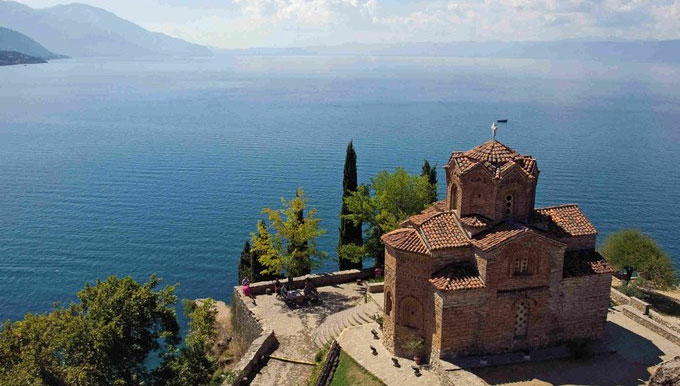
In addition, UNESCO also recognized the extension in the Ohrid region, located in Northern Macedonia (ancient kingdom) as a natural and cultural heritage. Previously, part of Lake Ohrid and the town of the same name were inscribed on the world heritage list in 1979. The new extension includes part of northwestern Albania, part of Lake Ohrid, the Lin peninsula and the strip of land. along the shore of the lake stretching to Macedonia. Lin Peninsula is also home to the ruins of a Christian church, built in the 6th century. Photo: Wanderlust Travel Magazines.





